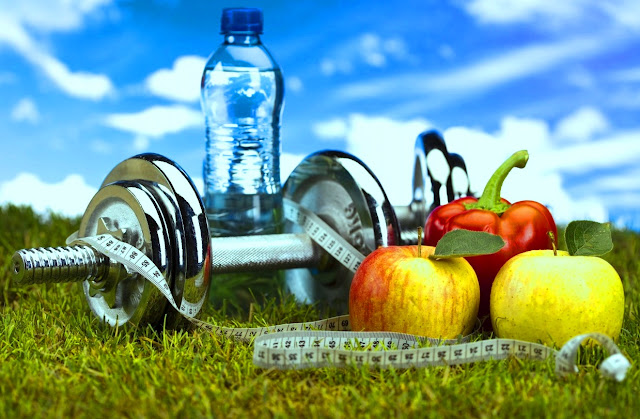The
global synthetic
biology market was valued at $3,933.9 million
in 2014, and it is expected to grow with a CAGR of 35.4% during the period 2015
- 2020. The global synthetic biology market is growing, due to increasing support from government
organizations, and growing geriatric population. In addition, the innovative
and advanced applications of synthetic biology, increasing research activities,
and increasing R&D investments in drug discovery and development are also
supporting the growth of this market.
Explore More About “Global
Synthetic Biology Market” at: https://www.psmarketresearch.com/market-analysis/synthetic-biology-market
The increasing support from
government organizations and growing geriatric population are playing a pivotal
role in the growth of this market. Some of the major
organizations include National Science Foundation (NSF), National Aeronautics
and Space Administration (NASA), Centre for Chemical and Synthetic Biology
(CCSB), Synthetic Biology Engineering Research Center (SynBERC), and
International Association Synthetic Biology (IASB). These organizations are
providing support in form of funding, and initiatives implemented by them for
basic and applied research with their respective goals.
Browse Related Research: https://www.psmarketresearch.com/industry-report/healthcare
Geographically, North America
dominated the global market, among all the regions in 2014; and it is expected
to grow with a CAGR of 35.2% during the period 2015 – 2020. However, the Asian market
is expected to witness fastest growth, with a CAGR of 39.8% during the forecast
period.








